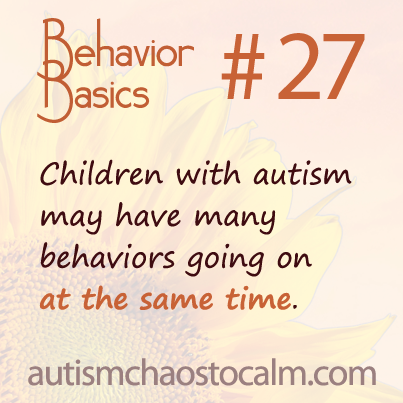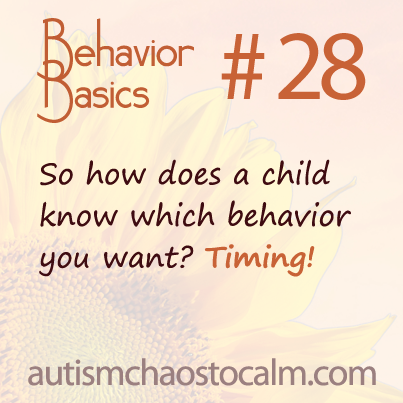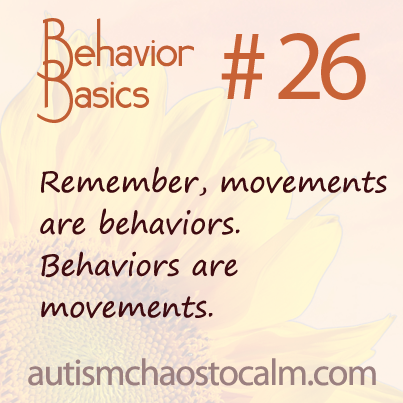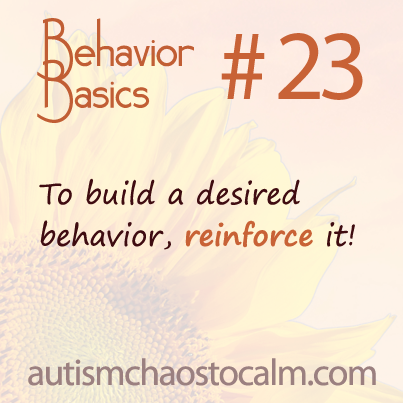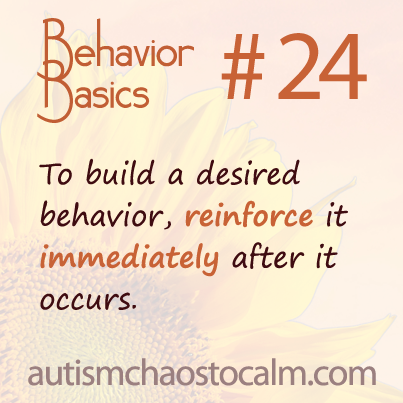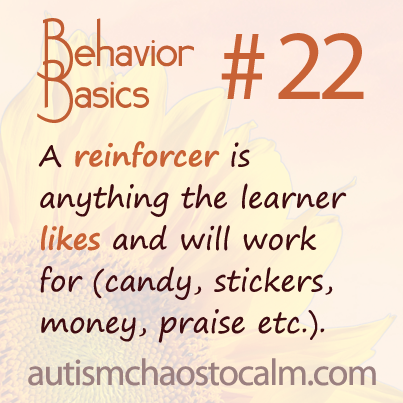In the garage
One day when I was a child, I was in the garage with my father. I was pushing hard with a screwdriver trying to pry open an old wooden box. My father came over and said, “Never force anything. If you force it, you might break it. Look for a better way.” We looked over the box and found a way to open it that didn’t involve brute force. My father was an engineer, so his life’s work was devoted to designing complex technologies. He knew how important it is to consider all aspects of a case and then take action slowly and carefully.
I always remembered that incident. His words stayed with me and resonated powerfully years later, when my husband and I found ourselves raising a child with severe autism.
The struggles of the early years
My son is now a teenager. When he was three years old he was diagnosed with severe autism, plus he was profoundly nonverbal. While he was a sweet child underneath, he displayed many difficult, disruptive and aggressive behaviors. How do you change difficult behaviors in a child who spins and shrieks constantly, and who can neither speak nor endure listening to your voice?
We struggled and suffered for many years, becoming increasingly isolated from normal everyday life. I was desperate to improve his behaviors so that we could out in the community, go to the grocery store, or take a walk in the park. I had often taken him out with the “brute force” method, clamping my hand over his wrist and holding on tightly so he would stay with me. Needless to say, this was unpleasant for both of us.

